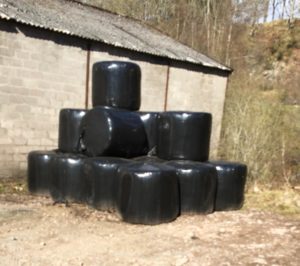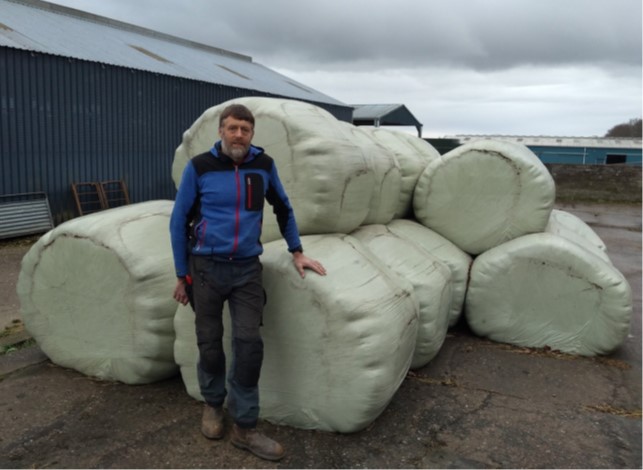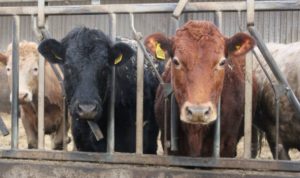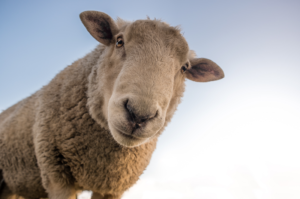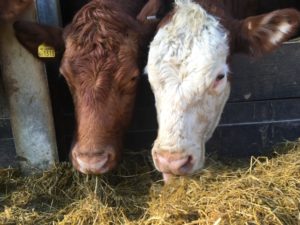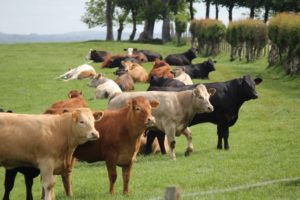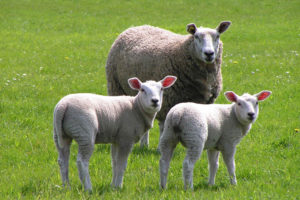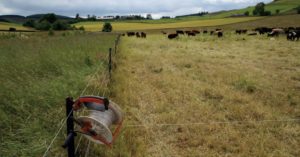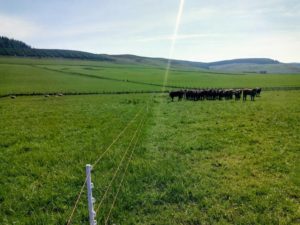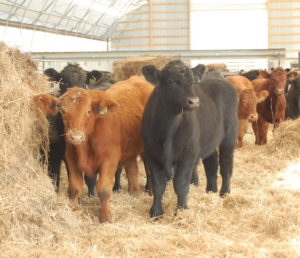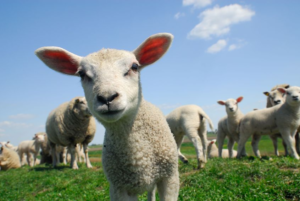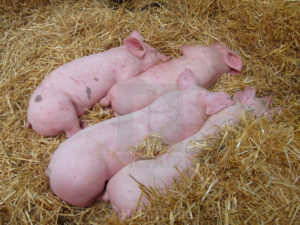Technical Efficiency
The agricultural industry changes rapidly, from extreme changes in the weather, to market specifications and demand, to new technology. To ensure a resilient sustainable business for the future, technical efficiency should be of paramount importance as well as being adaptable to change. This means producing the maximum output from the resources available.
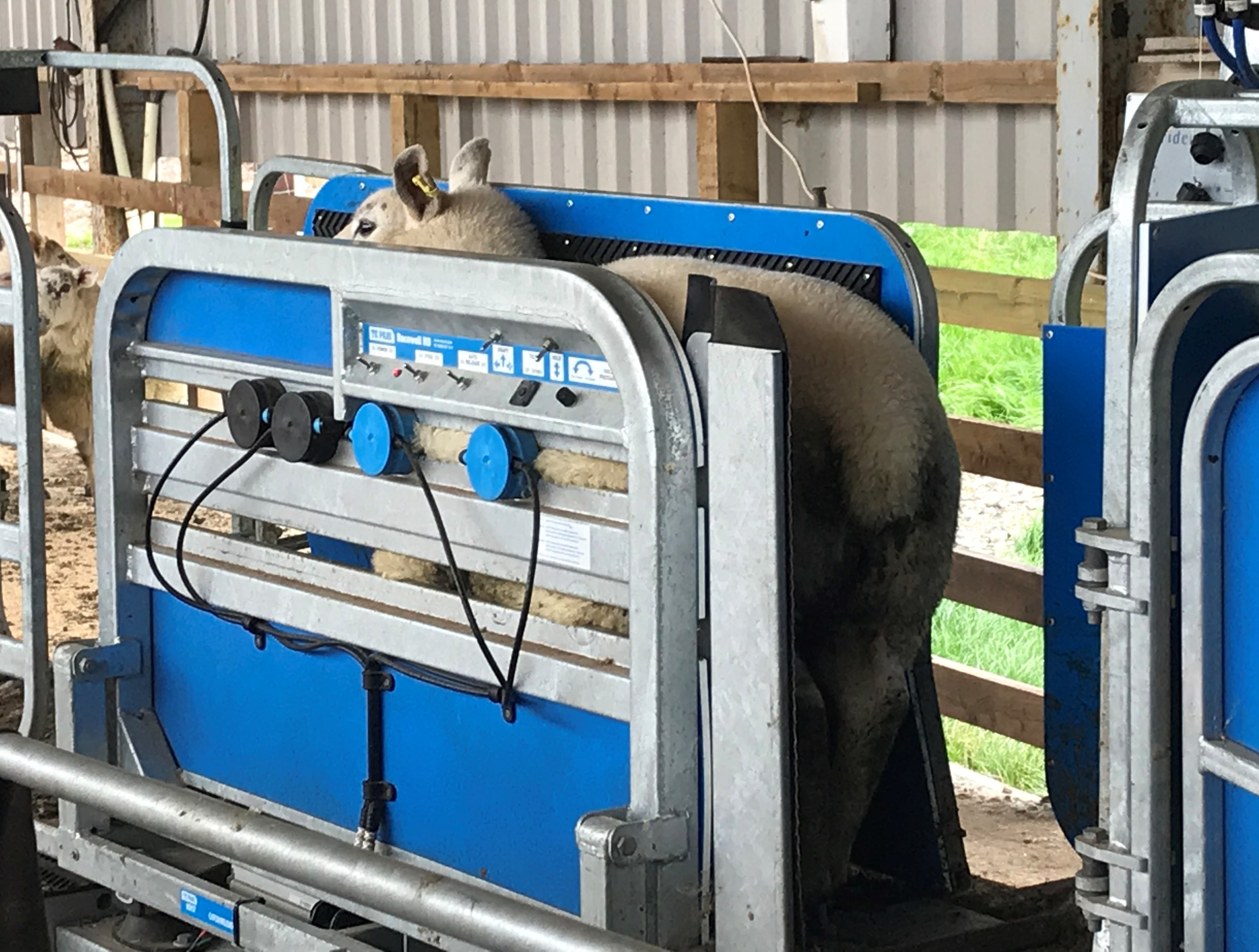
Best Practice Procedures For Making Baled Silage
There are a number of important steps during the silage making process which can influence nutritional of the end product, impacting on livestock performance and cost of production. This factsheet gives advice on when to cut grass for silage, how long to wilt for, use of additives and handling and storage of bales. Environmental considerations of baled silage are also discussed including forage budgeting and type and amount of plastic used. Read more>>
Maximising Forage Quality While Minimising Environmental Impact at Glensaugh
Farm Manager Donald Barrie from Glensaugh Farm (James Hutton Institute) shares his management practices and top tips for making quality forage, while minimising the impact on the environment. Read more>>
Cattle Health Factsheet
This factsheet aims to highlight the general considerations for cattle health and what to look out for. It should be used as a guide for when to seek veterinary advice, rather than being used to decide when an animal requires treatment. However, prevention is better than cure as once an animal has become ill, any treatment may only be symptomatic, not curative. Read more>>
Sheep Health Factsheet
This factsheet aims to highlight the general considerations for sheep health and what to look out for. It should be used as a guide for when to seek veterinary advice, rather than being used to decide when an animal requires treatment. Read more>>
Ruminant Nutrition and Forage Analysis
In order to get the best performance from ruminants it is helpful to know the primary functions of their specialised digestive system. Firstly, there are many different species of ruminant animals including cattle, sheep, goats, deer and buffalo. Ruminants can digest forages and fibrous roughages that monogastric’s (e.g. humans, pigs and poultry) can’t. Ruminants have evolved a special system of digestion that involves microbial fermentation of food before it is then exposed to their own digestive enzymes. Read more>>
An Introduction to Benchmarking Cattle
Benchmarking provides a basis for comparison and a starting point for setting targets. By comparing your herd’s performance against industry targets or other herds, it allows you to identify where the strengths and weaknesses are in the business and where there is room for improvement. There are a number of benchmarks or KPI’s (key performance indicators) to look at, both physical and financial. Read more>>
An Introduction to Benchmarking Sheep
Benchmarking provides a basis for comparison and a starting point for setting targets. By comparing your flock’s performance against industry targets or other flocks, it allows you to identify where the strengths and weaknesses are in the business and where there is room for improvement. Read more>>
Mob Grazing Beef Cattle
Mob grazing with beef cattle can reduce housing cost, improve soil structure and improve pasture productivity long term. This factsheet gives an overview of what it involves and how to get started. Read more>>
Rotational Grazing
Rotational grazing is a great tool for new entrants as well as established farmers, as it enables greater stocking densities. Those with fewer opportunities to gain more land, or using seasonal lets, can expand flock or herd size through better grassland utilisation – rotationally grazed grass is better utilised grass. Read more>>
Alternative Bedding Materials For Cattle
Bedding livestock on straw is for most farmers the usual practice. However in recent years straw availability, the quality and the high costs associated with the obtainability of straw have seen a rise in alternative bedding materials used by producers. Read more>>
Lambing Three Times In Two Years
Lambing three times in two years is possible with some breeds of sheep e.g. Dorset, Merino, etc, rather than the normal system of one lambing per year. Generally, sheep are seasonal breeders, with the dark autumn and winter nights triggering the start of the breeding season. Read more>>
Bed & Breakfast Pigs
Keeping pigs on a contract rearing or a bed and breakfast basis can be a useful diversification for a farming business. In most cases, existing buildings can be adapted fairly easily to accommodate pigs however, having suitable housing is only the first step. Other key requirements are supplies of good quality water, straw and labour.
Sign up to the FAS newsletter
Receive updates on news, events and publications from Scotland’s Farm Advisory Service

